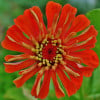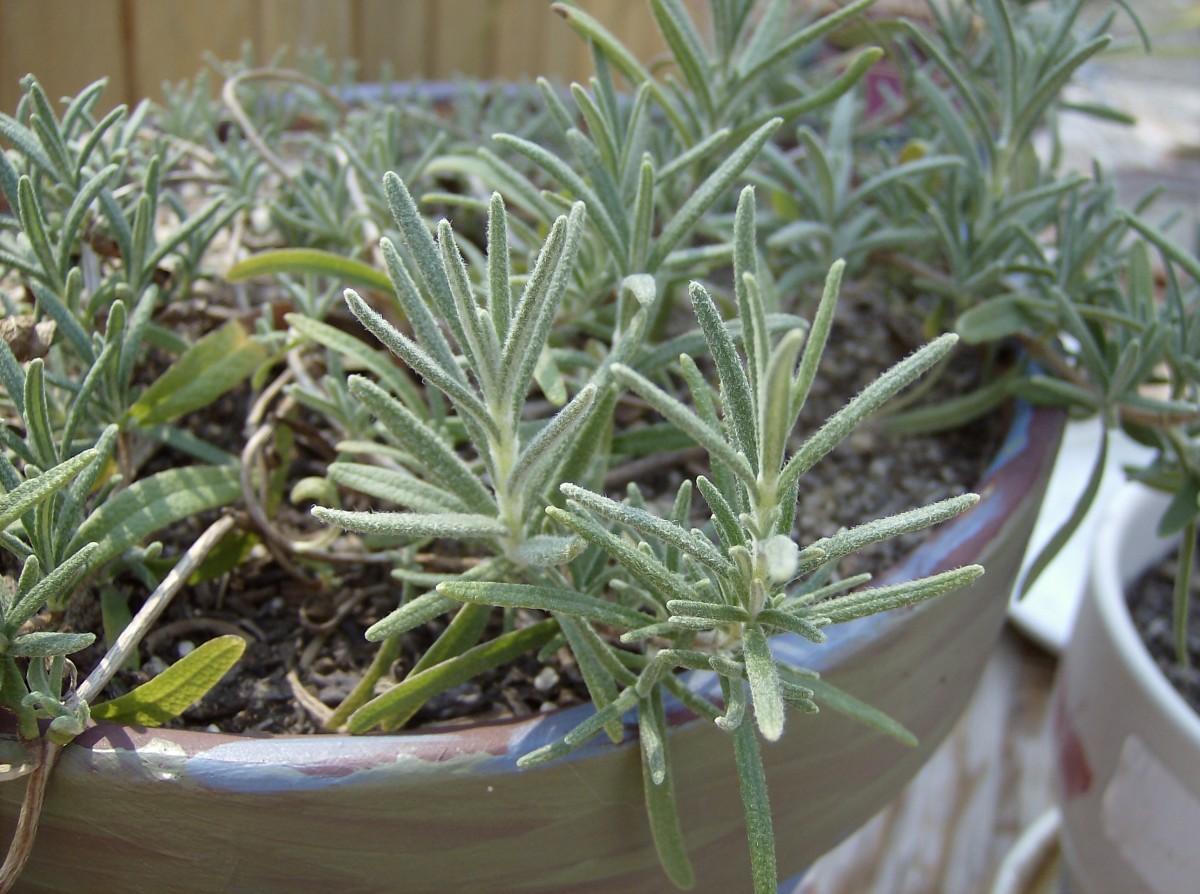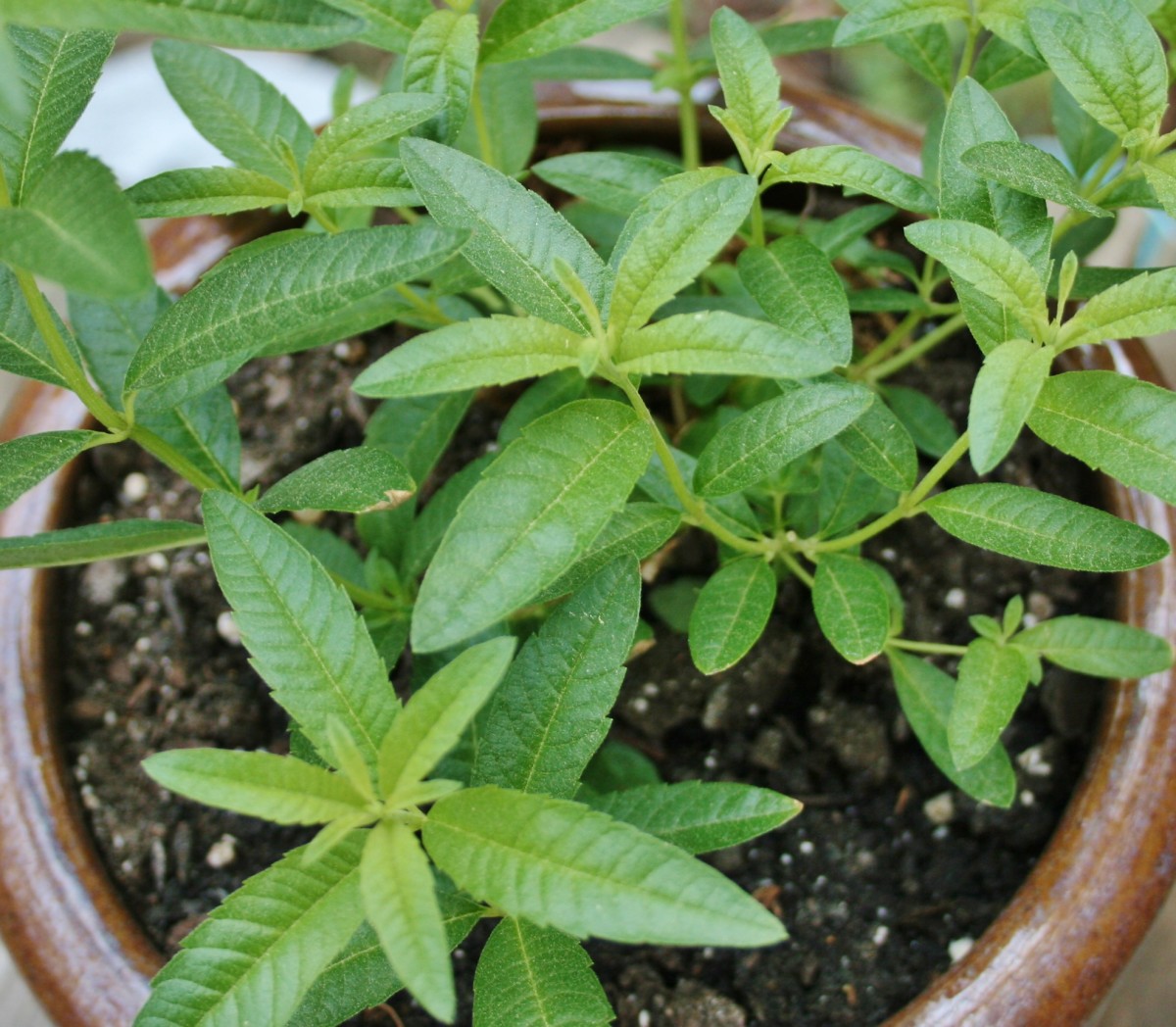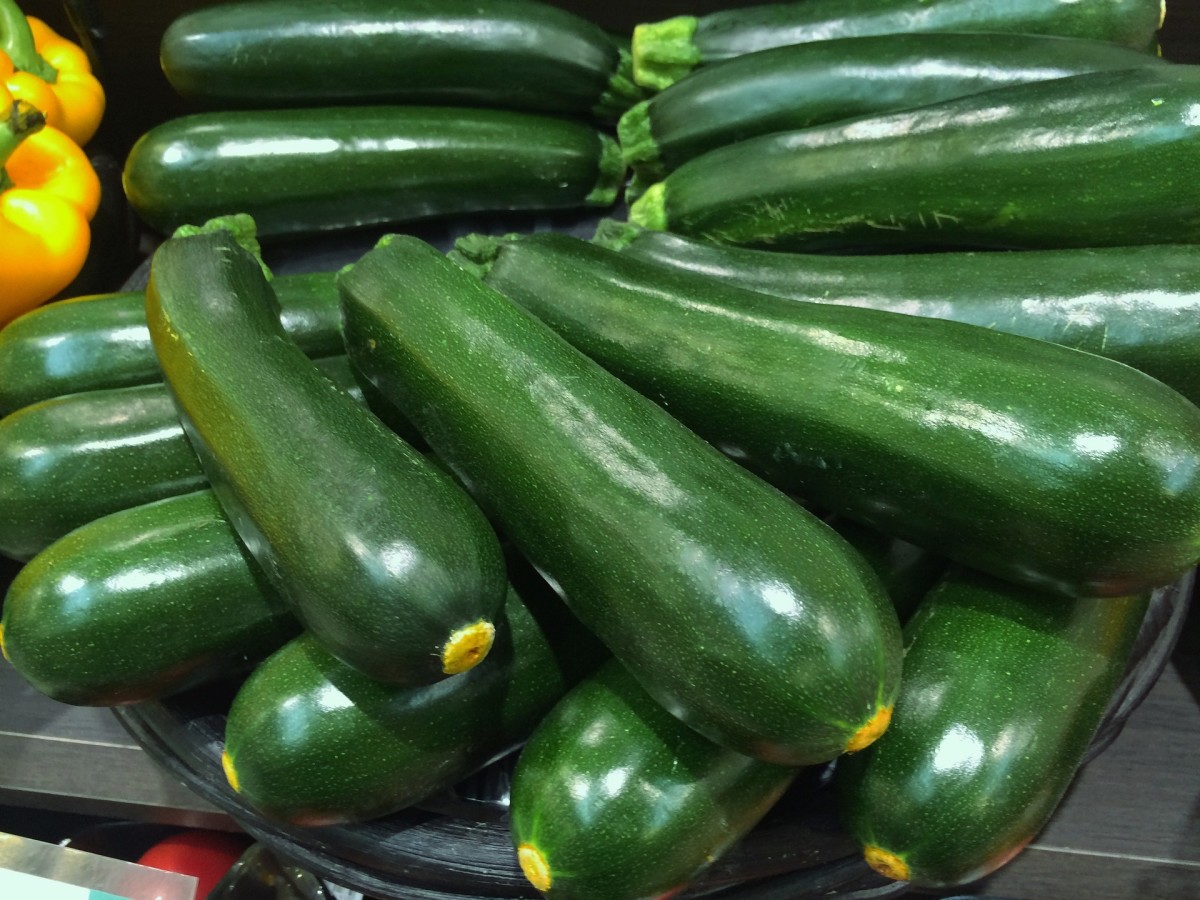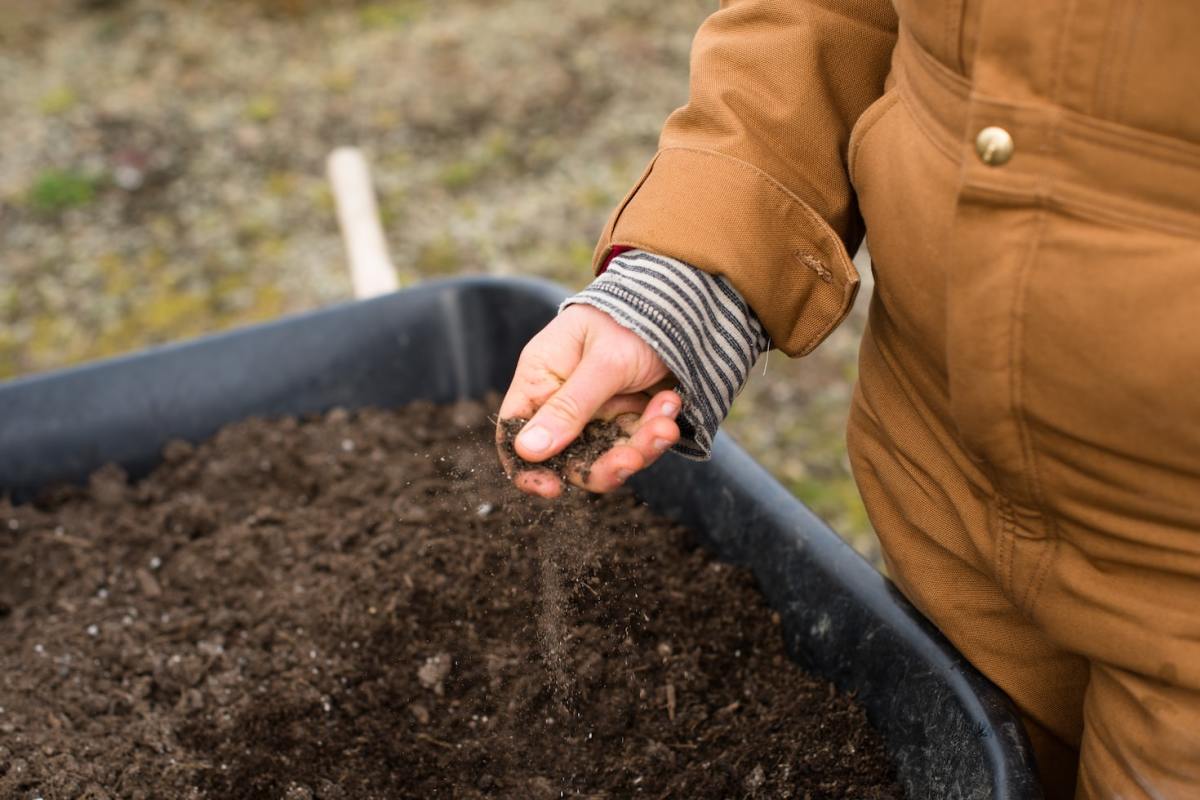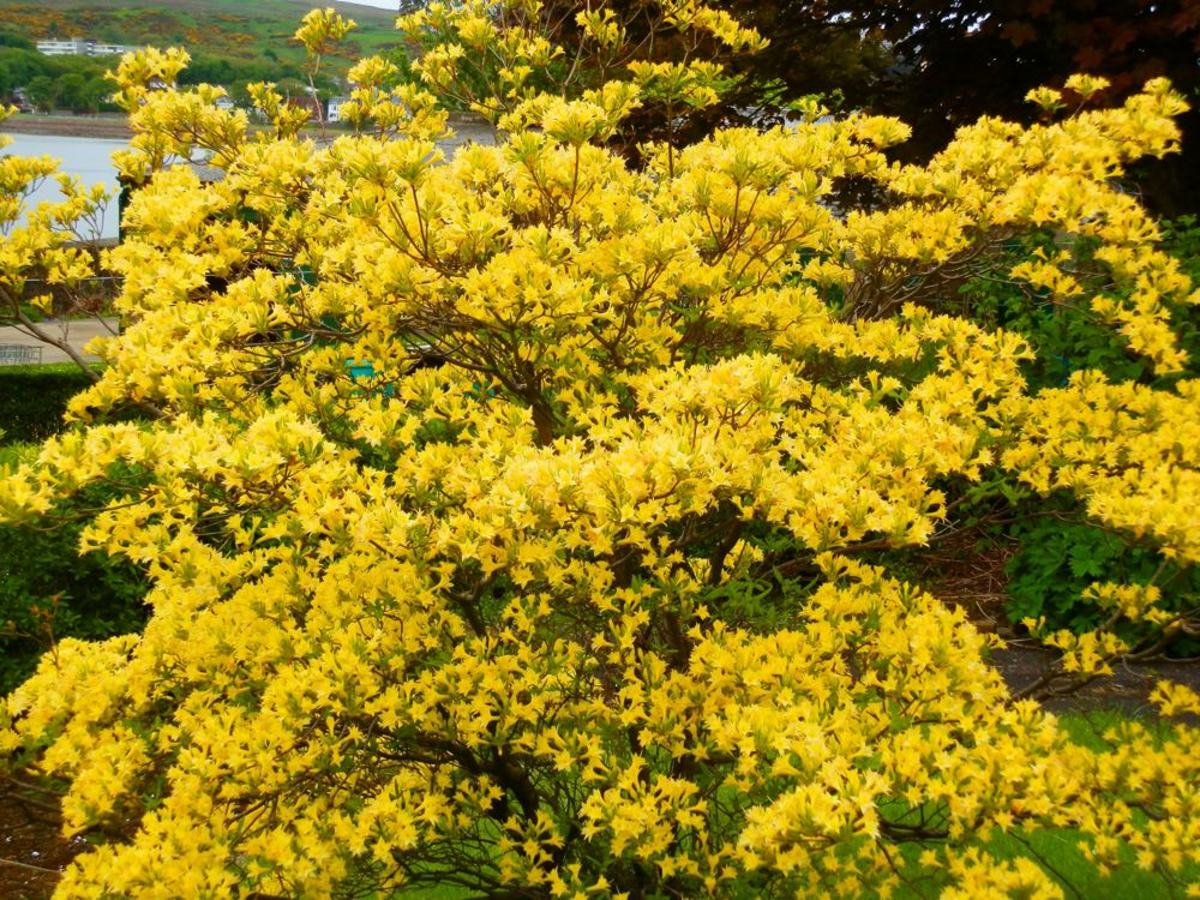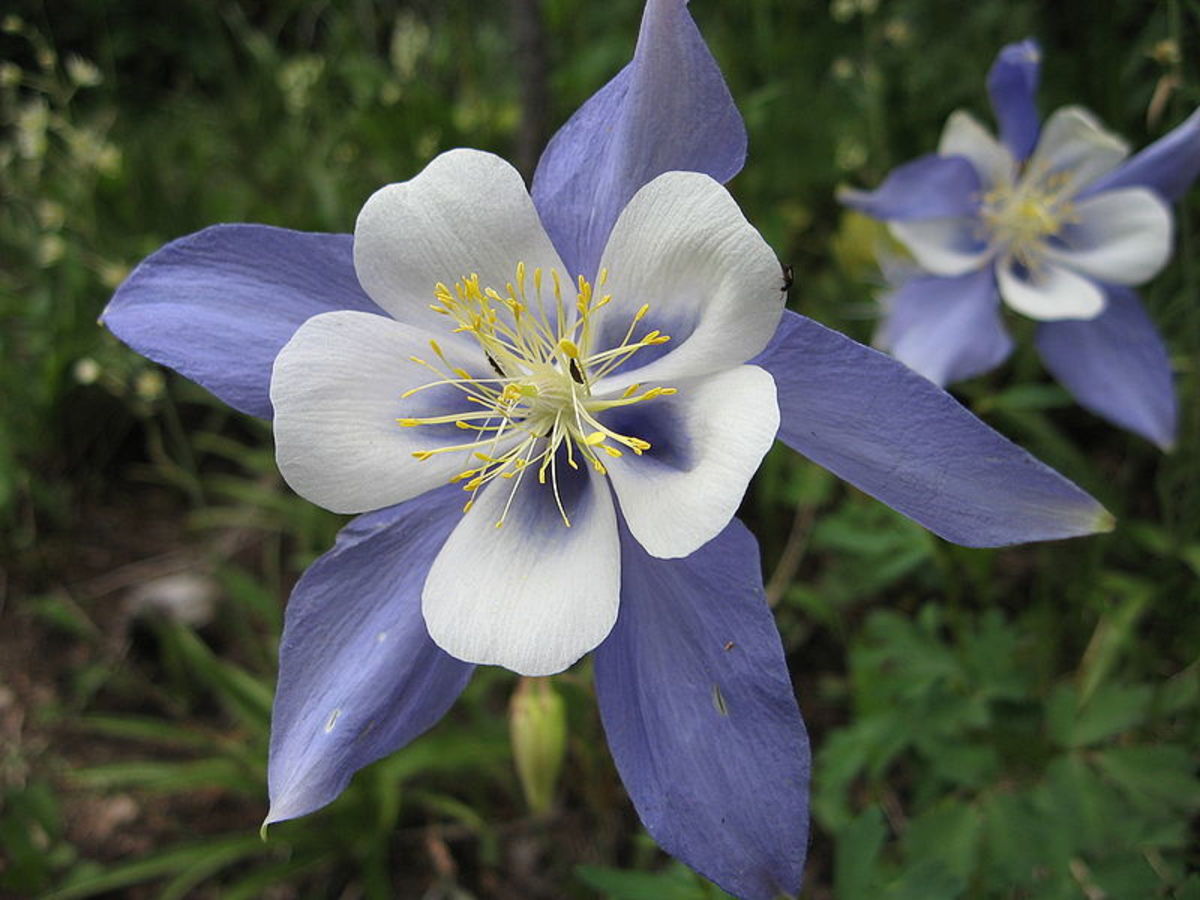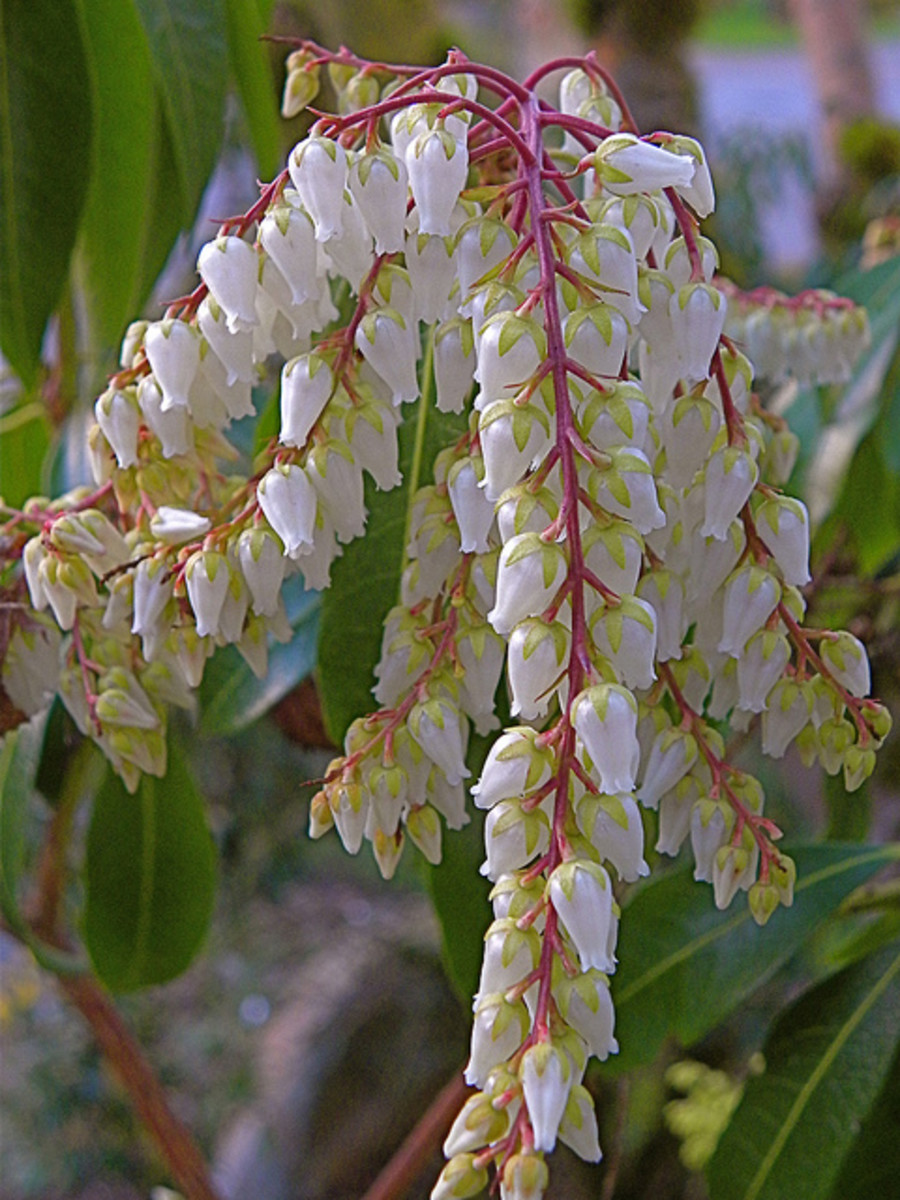Potting Soil Recipes
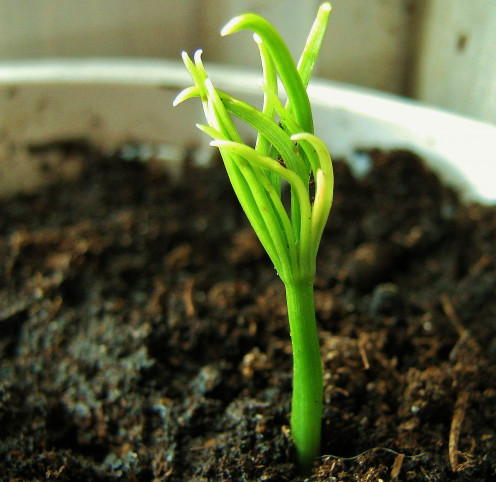
From seed starting to container herb gardening, the right soil mix can be the key to success.
Rich Potting Mix
Perfect for container gardens, this mix is rich in nutrients.
Ingredients
2 parts compost
1 part sand
1 part topsoil
1 part perlite
1 part vermiculite
Directions
Wetting the ingredients before measuring and mixing makes them easier to manage. First, slit each bag, creating small openings about two inches wide. Slowly add warm water, massaging the bags from the outside so that the moisture spreads throughout (Smith 17). Then measure and mix the ingredients. If the mixture is too wet, allow it to sit for a few hours or even overnight before use.
If mixing ingredients dry, be sure to wear a protective mask to avoid inhaling fine particles.
Mix for Herb Seeds
Inexpensive & porous, this potting soil recipe uses sterile mix as the basis for a growing medium that's perfect for beginning herbs from seed.
Ingredients
2 parts sterile mix
2 parts coarse playground sand
2 parts fine peat moss
1 part perlite
Directions
Combine moistened ingredients and use immediately. If preparing for later use, add water to the mix one day before use. Keep the mixture moist as seeds germinate and seedlings develop.
Fertilizer may be added as herbs grow (Zabar 18).
Easy Sterile Mix
Sterile potting mix is the ideal medium for propagating plants by cuttings.
Ingredients
1 part coir or fine peat moss
1 part perlite
(Smith 17)
Directions
Before measuring and mixing the ingredients, wet them with warm water in the manner described in the Rich Potting Mix recipe above.
When ready to use, the mix should feel damp, not wet, to the touch. Squeeze some of the mix in your hand. If it drips water, allow it to sit for several hours or even overnight before use.
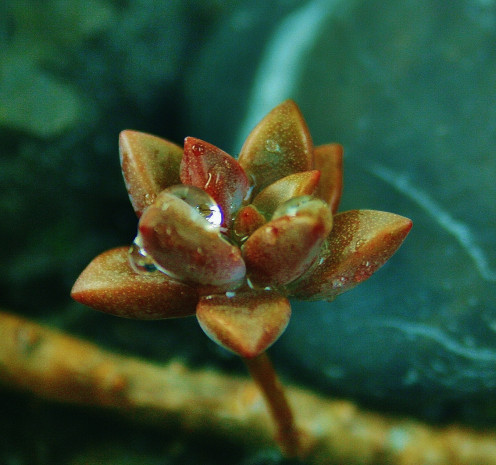
Potting Mix for Petioles
Easily start new plants from leaf petiole cuttings in this light, 2-ingredient soil mix.
A leaf's petiole is its stalk. Some plants, like jade, sedum and African violets, are easy to propagate from petiole cuttings any time of year, even during the winter.
To begin leaf petiole cuttings, fill small pots with a light, moist, soil-less mix comprised of
- 1 part perlite
- 1 part vermiculite.
Cut each leaf petiole at an angle with a sharp knife or razor blade. Make a hole in the mix, insert the petiole cutting and firm the mix around it. Once the petioles develop plantlets, transplant them into larger pots filled with soil.
Water the pot from the bottom, keeping the rooting mix consistently moist. If you like, you may cover the pot to increase humidity (Smith 88-9).
Common Potting Mix Ingredients
Ingredient
| Description/Purpose
|
|---|---|
Coir
| Made from coconut hulls, coir is good in soilless potting mixes. Use it as you would medium-milled peat moss.
|
Compost
| Decomposed organic matter, compost contains beneficial microorganisms.
|
Fine Bark
| Shredded/chipped bark may be used as a substitute for peat. Good in mixes for orchids and other acidic soil-loving plants.
|
Grit
| Improves soil drainage. Excellent in mixes for cacti, alpine plants and herbs.
|
Leaf Mold
| Rotted leaf matter, leaf mold provides texture in rooting mixes.
|
Peat Moss
| Although it has little nutrition, peat holds moisture and allows drainage.
|
Perlite
| Made from volcanic rock, perlite holds moisture and allows drainage.
|
Sand (Coarse & Fine)
| Increases soil's drainage capacity and aeration; good addition to soil mixes for cacti and herbs
|
Soil
| Sterilized soil is great in hardy mixes for long-term container gardens. It has lots of nutrients and a good texture, holding moisture while allowing water to drain.
|
Vermiculite
| Made of mica, vermiculite is comparable to perlite, although it has better water-retaining abilities.
|
SOIL-LESS POTTING MIXES
Great for Seed Starting
To avoid damping off and other fungal infections that cause seedlings to drop their leaves and die, start seed in a soil-less growing medium. Unlike soil, a soil-less potting mix won't contain fungal spores.
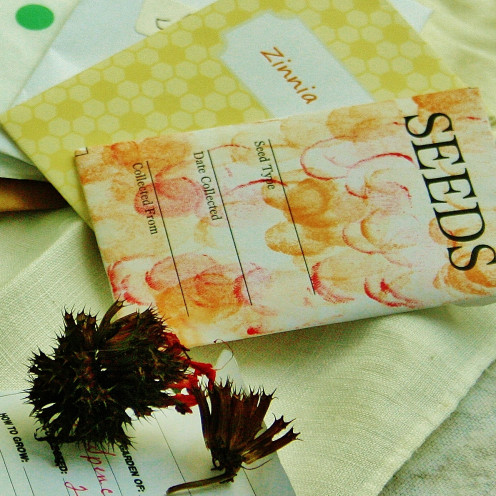
SOIL-LESS MIX #1 for Starting Seeds
Ingredients
2 parts fine peat moss
1 part perlite
1 part vermiculite
a pinch of slow-release fertilizer and/or lime
(Smith 17; Toogood 34)
Add warm water to the first three ingredients while they're still in their respective bags in the manner described for Rich Potting Mix. Then measure and mix, adding a pinch of lime or fertilizer.
Before planting seed, be sure that the potting mixture is moist, not sopping wet. Squeeze a handful of the mix. It should feel damp, not wet. If the mix drips water, allow it to dry out a bit before use.
If mixing the ingredients dry, be sure to wear a protective mask to avoid inhaling particles.
SOIL-LESS MIX #2 for Starting Seeds
Ingredients
3 parts fine peat
1 part fine bark
1 part perlite
(Toogood 34)
To mix the ingredients wet, follow the directions in the Rich Potting Mix recipe above.
If mixing ingredients dry, wear a protective mask to avoid inhaling fine particles.
Works Cited
Smith, Miranda. The Plant Propagator's Bible. Emmaus, PA: Rodale, 2007. Print.
Toogood, Alan, ed. Plant Propagation. NYC: DK Publishing, 1999. Print.
Zabar, Abbie. The Potted Herb. New York: Stewart, Tabori & Chang, 2000. Print.
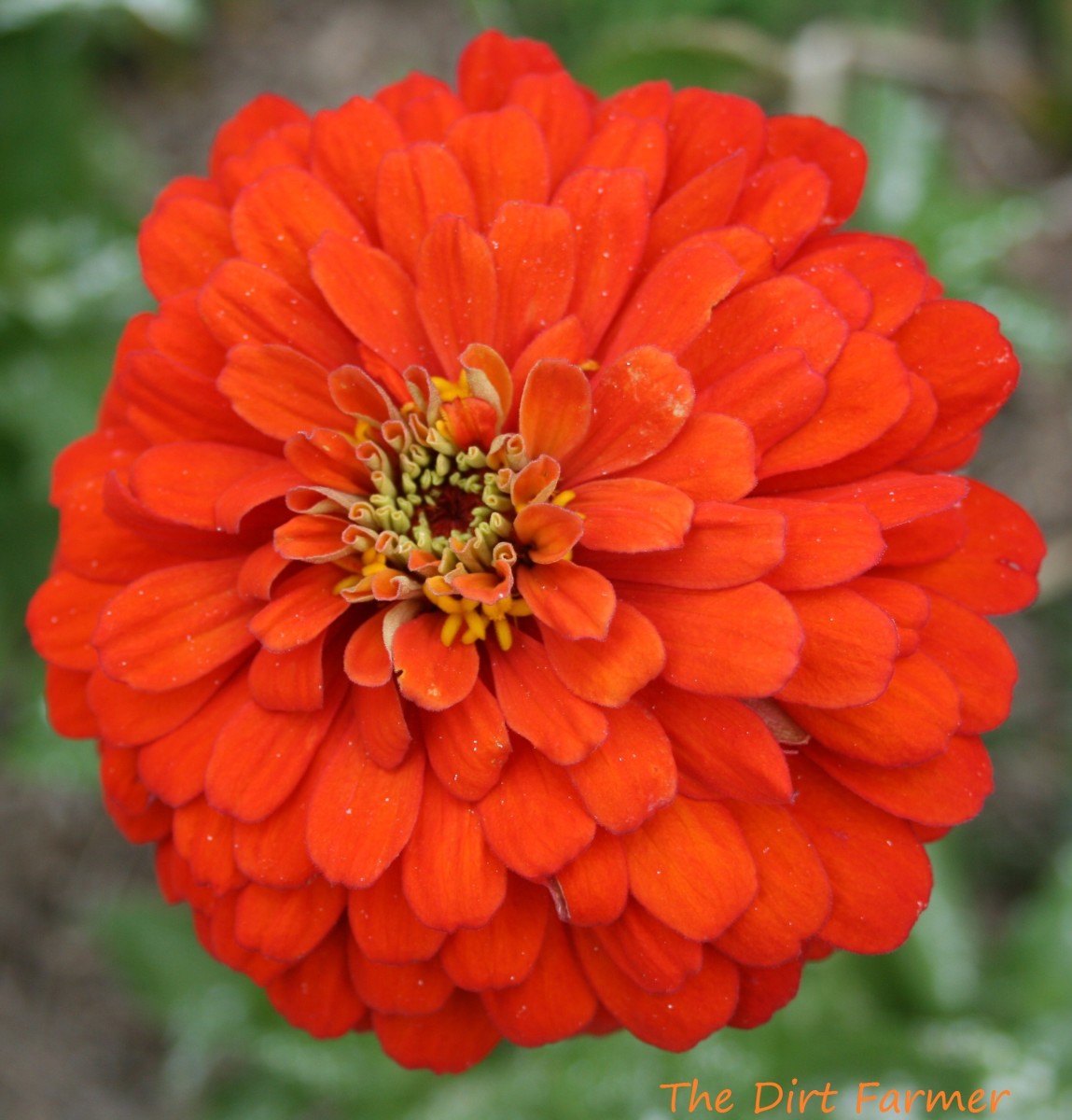
ABOUT THE AUTHOR
The Dirt Farmer has been an active gardener for over 30 years.
She first began gardening alongside her grandfather on her parents' farm.
Today, The Dirt Farmer gardens at home, volunteers at community gardens and continues to learn about gardening through the MD Master Gardener program.
© 2012 Jill Spencer
